
Gingivitis is a very common disease of the gums. It is a mild form of gum disease or periodontitis, which, however, can easily progress into more serious dental problem. It can even lead to tooth loss. The good news is that gingivitis, if spotted early on, can be treated before it causes irreversible damage, and it can also be prevented with simple and everyday steps of oral hygiene.
Causes of gingivitis
Poor oral hygiene is the single most common cause of gingivitis. If the teeth are not cleaned well, the particles of food remain on them and between them, allowing bacteria to dwell. Bacteria release byproducts that are the main component of plaque, a sticky film that forms on the surface of the teeth.
If the plaque is not removed in two or three days, or if it is not removed properly, it can transform into much harder mass called tartar, which forms underneath the gumline. Unlike plaque, tartar cannot be removed by simple brushing or flossing - it needs to be removed by a dentist who will have to use special instruments.
Certain foods increase the risk of plaque formation because their components bind easily with bacterial byproducts. Those are primarily sugary and starchy foods, such as candy, chocolate, chips, cookies and similar snacks.
In addition, misaligned teeth or dental restorations, such as crowns, implants and bridges that do not fit well, contribute to the formation of dental plaque and therefore increase the chance of gingivitis.
Prevention of gingivitis
It is important to realize that gingivitis and its potential complications can be prevented by good oral hygiene. Teeth should ideally be brushed after each meal, especially if it consisted of sugary or starchy foods. Since this is not always possible, the teeth should be brushed at least twice a day - in the morning and before bedtime. Flossing is another vital part in prevention of gingivitis, and it should be done once a day.
It is also recommended to try to reduce the presence of the bacteria in the mouth. Today there is a wide selection of mouthwashes with different ingredients that provide antibacterial effect. Mouthwash is supposed to be used after brushing.
Of course, it is very important to see a dentist on regular basis, at least twice a year. People who have had gingivitis before are advised to have more regular check-ups at their dentist’s office. In addition, people who have dental restorations should have them checked, in order to make sure they fit properly.


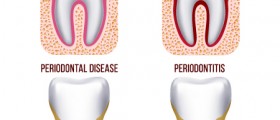
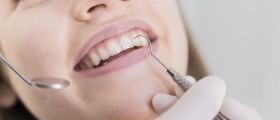
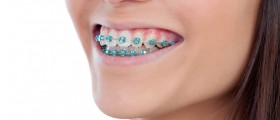


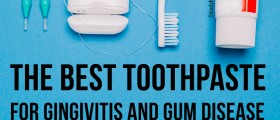
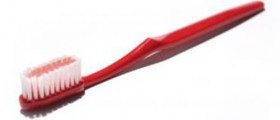
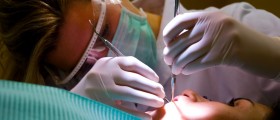


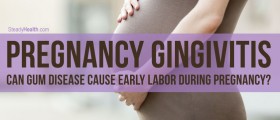
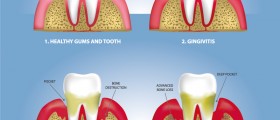
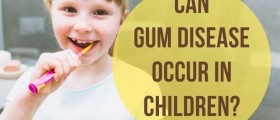
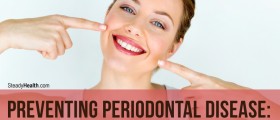
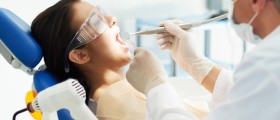
Your thoughts on this
Loading...